Signature Discoveries
A timeline of selected research and innovation milestones
1970s
-
1970
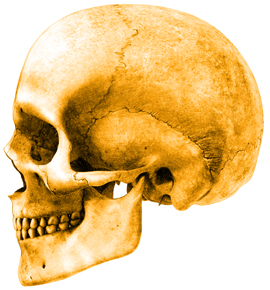
caption BME faculty member James McElhaney describes the mechanical properties of cranial bone. He goes on to describe many measurements and models of head, neck and spinal cord injury mechanisms that have widely informed the design of protective football and motorcycle helmets, restraint systems, airbags and swimming pools.
-
1976
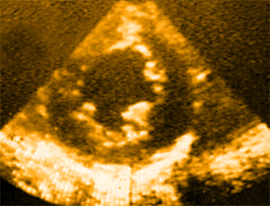
caption Fredrick “Fritz” Thurstone, one of the founders of Duke’s biomedical engineering department, and graduate student Olaf von Ramm lay the foundation for the phased-array imaging system that revolutionizes cardiac imaging and paves the way for real-time ultrasound imaging in clinical practice.
1980s
-
1985

caption Henry Petroski (CEE) publishes To Engineer Is Human: The Role of Failure in Successful Design, the first of nearly 20 popular and critically acclaimed books that make his reputation as “America’s poet laureate of technology.”
-
1987
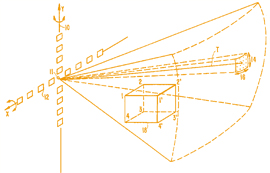
caption Olaf von Ramm and Stephen Smith (BME) invent the first real-time 3-D ultrasonic scanner (4-D). It is now used worldwide in multiple medical specialties.
1990s
-
1990

caption Earl Dowell, Kenneth Hall and MEMS team demonstrate an innovative method of modeling complex, time-varying fluid flows much more efficiently and compactly than previous methods, opening up new possibilities for understanding and controlling such flows. Their insights are widely used in current airframe and turbine designs for power plants, airplanes and windmills. Most recently these ideas have been extended to modeling turbulence in fluids, which some say is the great unsolved problem in classical mechanics.
-
1990
Ray Ideker with Patrick Wolf and William Smith (BME) optimize biphasic waveforms for defibrillation of the heart. This discovery improved clinical defibrillators and made possible smaller and lighter implantable devices using transvenous lead systems.
-
1991

caption Duke engineering distinguished alumnus and adjunct professor Blake Wilson develops the continuous interleaved sampling (CIS) processing strategy for cochlear implants, dramatically improving how implanted patients perceive speech. The breakthrough became the basis for current sound-processing strategies that launched a rapid expansion in the use of cochlear implants. In 2013 Wilson received the Lasker Award (“American Nobel”) in recognition of the work.
-
1991
BME’s Howard Clark and Duke cardiologist Richard Stack patent the first bioabsorbable stent, which inspired modern stents with bioabsorbable sheaths that deliver drugs inside diseased vessel walls and then biodegrades, eliminating many complications associated with permanent stents.
-
1996
David Needham (MEMS), working with radiation oncologist Mark Dewhirst, invents a new cancer treatment using heat-sensitive liposomes to precisely deliver high concentrations of cancer drugs within tumors, while sparing normal tissue. The therapy is currently in clinical trials.
-
1996

caption Adrian Bejan (MEMS) postulates the constructal law of design and evolution in nature, which states that movement (or “flow”) systems such as trees, rivers or air currents evolve into configurations that provide easier and easier access to flows. Now internationally recognized, the law is increasingly finding applications in improving design and maximizing efficiency of manmade systems. In 2001 Bejan was ranked among the 100 most highly cited authors worldwide in engineering by the Institute for Scientific Information.
-
1999
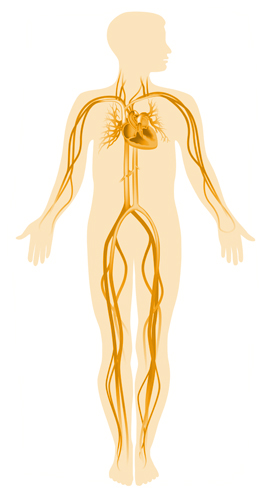
caption Duke anesthesiologist and biomedical engineer Laura Niklason creates a novel “bioreactor” system and uses it to grow blood vessels that look and act like the real thing. A significant advance in the field of tissue engineering, the discovery ultimately leads to the first U.S. implantation of a bioengineered blood vessel, performed at Duke University Medical Center in 2013.
-
1999
Ashutosh Chilkoti (BME) develops the first elastin-like polypeptide fusion that provides a new method to purify proteins without chromatography—opening a new path to developing drugs with greater potency and fewer side effects. The innovation launches a new avenue for drug delivery that is currently in development by research groups worldwide, and launches the startup company PhaseBio pharmaceuticals, where the technology is in late-stage clinical trials for drugs to treat endocrine and metabolic disorders and heart disease.
2000s
-
2001
Farshid Guilak (BME) develops new methods to isolate stem cells from human fat and use them to regenerate articular cartilage and other musculoskeletal tissues. Lauded as a breakthrough in tissue engineering, and providing an alternative to embryonic stem cells for use in research and treatments, the technology is currently in pre-clinical trials.
-
2002

caption Gregg Trahey and Kathryn Nightingale (BME) demonstrate a device that uses ultrasound to image and measure stiffness of breast tissue and, eventually, other tissues. The advance allows clinicians to detect and diagnose ailments such as liver scarring and prostate cancer without having to make a single incision in the patient.
-
2003
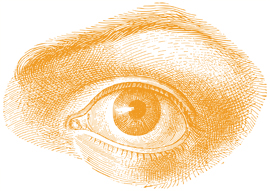
caption Joseph Izatt‘s BME research group demonstrates more than 100-fold improvement in the sensitivity of Optical Coherence Tomography (OCT) biomedical imaging technology, which he helped develop for imaging delicate structures of the eye while at MIT. The more sensitive Fourier Domain OCT technology is now the standard of care worldwide for diagnosis and treatment monitoring of blinding retinal diseases, with millions of patients imaged with this technology every year.
-
2003
Lawrence Carin, Leslie Collins and other Duke electrical and computer engineering researchers develop new data-processing techniques for detecting hidden landmines and other explosive devices. The techniques are now in use by the U.S. military.
-
2003
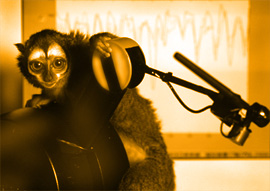
caption Miguel Nicolelis, Craig Henriquez and team members at the Duke Center for Neuroengineering demonstrate that a monkey can control a robotic arm using thought alone, a major breakthrough in the field of brain-machine interfaces. In 2014, Nicolelis created a brain-machine exoskeleton that enabled a paraplegic youth to deliver the opening kick in soccer’s World Cup.
-
2006

caption David Smith (ECE) and Sir John Pendry of Imperial College, London, introduce the concept of “transformation optics” as a means of designing invisibility cloaks and other exotic optical structures. Later that year, David Smith, Steve Cummer and their teams at Duke demonstrate the first working “invisibility cloak,” using metamaterials to render objects undetectable at microwave frequencies.
-
2006
With support from the Duke-Coulter Translational Partnership, BME’s Nimmi Ramanujam brings to market a novel instrument that uses light waves to detect cancer and assess treatment effectiveness in real time. The non-invasive device is currently in use at several U.S. academic medical centers and is being adapted for use in resource-limited settings.
-
2008
Lingchong You and BME colleagues engineer a synthetic predator-prey ecosystem using gene circuits. It is considered one of the most influential studies in the new field of synthetic biology.
2010s
-
2010
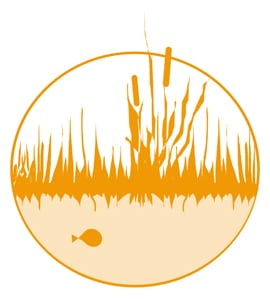
caption Mark Wiesner and researchers in CEINT demonstrate that nanomaterials accumulate in living organisms and can become more concentrated the further up the food chain they go, revealing the potential impacts nanotechnology could have on the environment.
-
2012
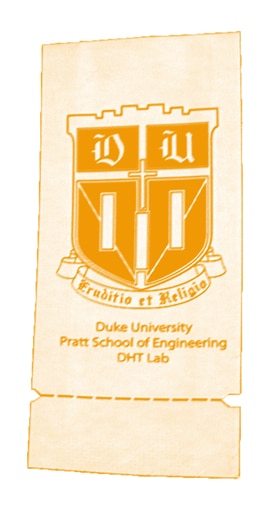
caption Pratt students working with BME’s Bob Malkin invent the Pratt Pouch, a ketchup-packet-like device to improve storage and delivery of medication to prevent HIV transmission in low-resource areas. The device, named one of the World Health Organization’s Top 10 most Innovative Health Technologies for 2012, is now in clinical trials in Zambia and Ecuador.
-
2012
Nimmi Ramanujam and colleagues in the Center for Global Women’s Health Technologies begin developing a low cost, portable cervical cancer screening device they dub the “Pocket Colposcope.“ The device is eventually tested on four continents and cleared by the FDA, leading to a start-up called Calla Health Foundation being created to commercialize the technology.
-
2012

caption David Brady (ECE) leads development of the world’s first gigapixel camera, which can capture images with unprecedented detail. The scalable array technology opens the door for vastly increased resolution and field of view in consumer electronics, broadcast media and security cameras.
-
2014

caption Steven Cummer (ECE) and his team demonstrate the first three-dimensional acoustic cloaking device, which uses metamaterials to reroute sound waves.
-
2014
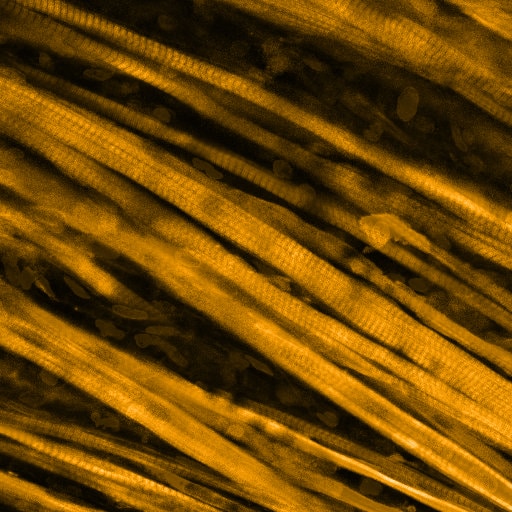
caption Nenad Bursac (BME) creates the first lab-grown muscle that can heal itself after implantation into a living animal. The advance is an important step toward growing viable muscle for studying diseases and treating injuries.
-
2016
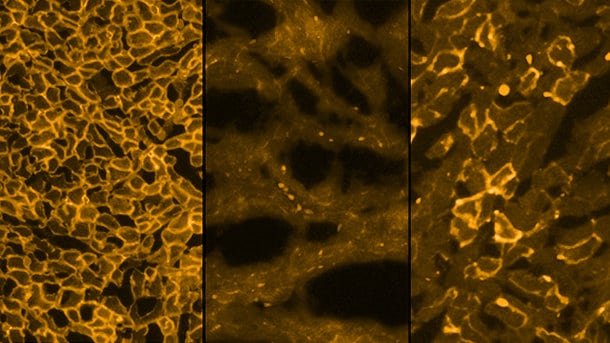
caption Charles Gersbach (BME) becomes the first scientist to use CRISPR to successfully treat a genetic disorder—Duchenne muscular dystrophy—in a fully developed living animal with a strategy that has the potential to be translated to human therapy.
-
2018
Stefano Curtarolo develops a method for predicting successful recipes for a new class of ceramics that proves to be among the hardest materials with the highest melting points in existence. The technique leads to a five-year grant from the Department of Defense to develop materials hard enough to stir steel together.
-
2018
Having developed methods for using mass spectrometry to find unknown potential contaminants in drinking water supplies, Lee Ferguson is named the leader of a state-wide PFAS testing network by the North Carolina legislature.
-
2019
Aaron Franklin develops the first fully print-in-place electronics technique that is gentle enough to work on surfaces as delicate as human skin and paper. The advance opened the door for technologies such as high-adhesion, embedded electronic tattoos and bandages tricked out with patient-specific biosensors.
2020s
-
2021
Maiken Mikkelsen develops a technique that uses plasmonics—light trapped on the surfaces of silver nanocubes—to build cameras capable of capturing light from across the entire electromagnetic spectrum all at once. Taking so-called “spectral fingerprints” could enable precision agriculture, for example, allowing fertilizer, pesticides, herbicides and water to be applied only where needed.
-
2021
IonQ—a quantum computing company founded by Duke faculty members Chris Monroe and Jungsang Kim, becomes the first pure-play quantum computing company to be listed on the New York Stock Exchange.
-
2022
Cynthia Rudin develops an artificial intelligence platform to analyze potentially cancerous lesions in mammography scans to determine if a patient should receive an invasive biopsy. But unlike its many predecessors, this algorithm is interpretable, meaning it shows physicians exactly how it came to its conclusions.
-
2023
374Water—a startup that uses a “pressure cooker on steroids” to treat human wastewater, is listed on the Nasdaq stock exchange. Founded on technology created by Marc Deshusses, the project was originally funded by the Bill and Melinda Gates Foundation.
